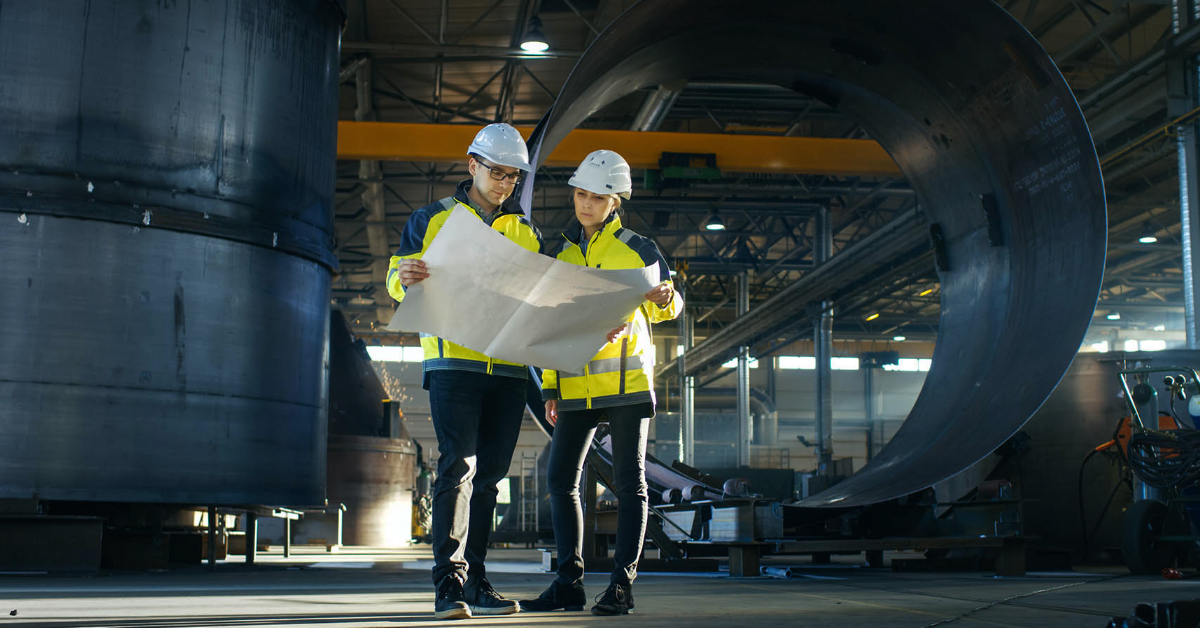
ByMartin Supply •
The Three Lines of Safety Defense
When we think about our workers’ safety, what comes to mind? For a lot of us, the first thing we think of is personal protective equipment (PPE). It’s something that we manage daily, is visible, and is continually innovating and improving. Per OSHA, however, PPE is actually the last line of defense when it comes to injury prevention and keeping workers safe.
OSHA recommends a three tier process for managing a hazardous workplace environment:
- Engineering Controls
- Administrative and Workplace Controls
- Personal Protective Equipment
We’ll look at each one and see what implementing that specific layer of defense entails, why they’re ranked in this order, and show an example to showcase each in action.
Engineering Controls
The most effective way to control a hazard is to eliminate it. This is what engineering controls are all about: thinking about creative solutions to remove dangerous areas from the workspace. This is the first option because if this is done well, the other two are made irrelevant.
As an example, let’s picture a plant that uses dust collectors that require routine maintenance. This can present the risk of falling or a dropped object injury. An engineered solution would be to build a staircase and platform with guardrails up to the area that requires work. Then employees would be able to quickly and safely do the job that’s needed with minimal risk to themselves or other workers.
Administrative and Workplace Controls
If Engineering Controls are either ineffective or unrealistic, the next line of defense is for management to put controls in place to mitigate danger. This can involve several things, such as
► Updating policies
► Employee safety training and re-training
► Monitoring activity to make sure that work is being done safely.
To apply this to our example, let’s say that the staircase could not be built, so a man-lift is used instead. The person going up needs to be trained on how to operate the lift and how to work safely at heights. For the employees on the ground, it should be policy to mark the area off so that no one accidently walks under the workspace which would expose them to falling object risk.
PPE
The last line of defense is PPE. Employees still encounter the risks with PPE, and even if they have the tools to remain safe it only takes one slip, improper usage, or unforeseen event to cause injury.
That said, proper and consistent PPE usage is effective at controlling hazards to an acceptable safety level. For our maintenance man on the man-lift, he should be using a harness attached to the lift’s D-rings, and should have his tools on lanyards with professional attachment points securing them to his harness. The area should be marked off with cones so that no one on the ground walks near the lift.
All three of these lines of defense are important, and understanding their order and how they interconnect is key to creating the safest work environment possible. Martin’s safety experts will work with you to minimize risk and maximize safety. Learn more about Martin Safety Solutions here or to contact us directly.

Comments for this post are closed.